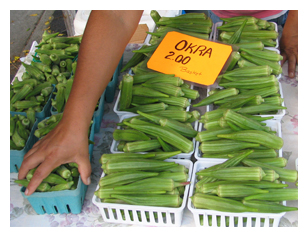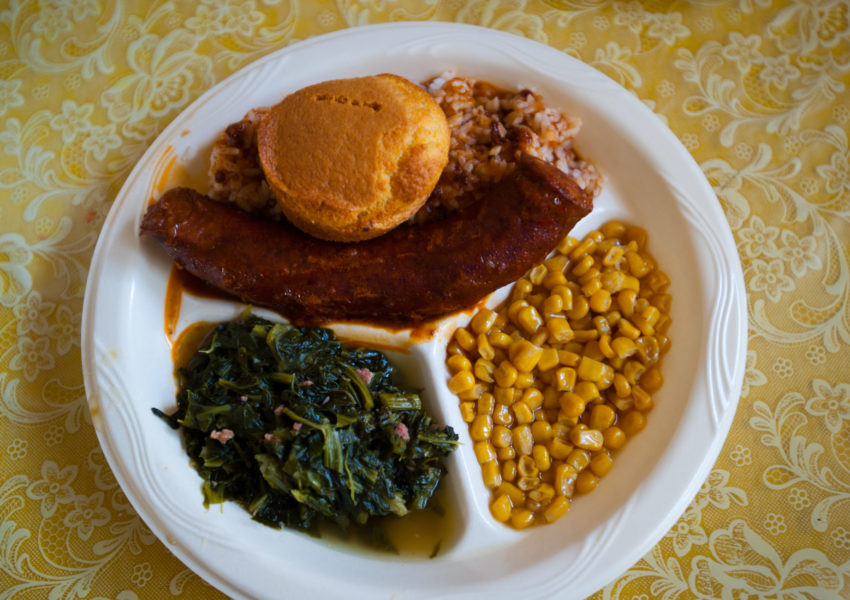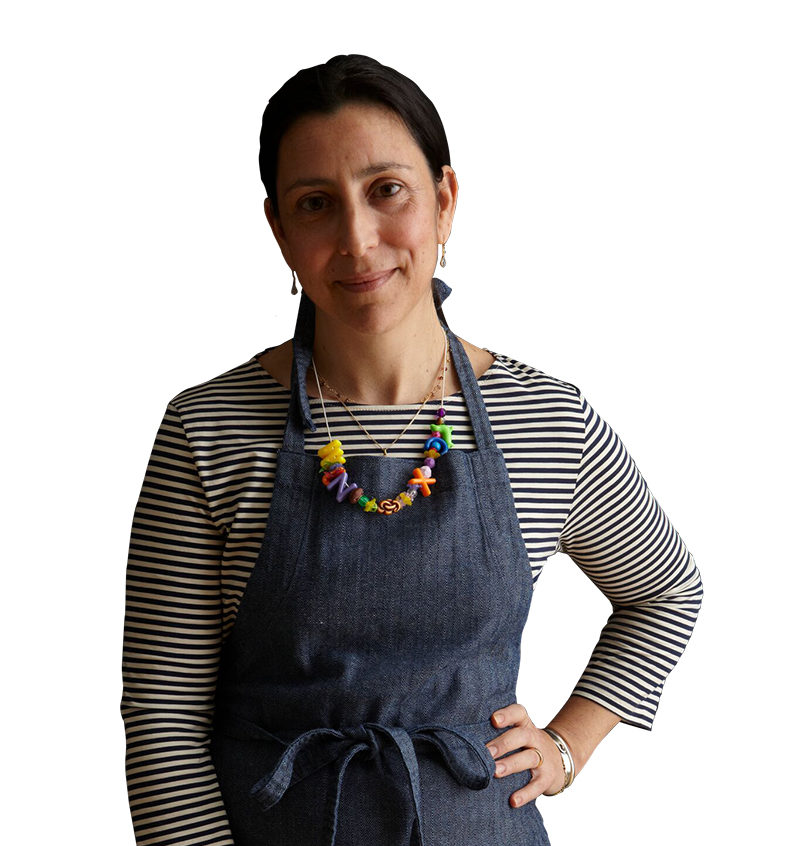“Sooner or later Southerners all come home,
not to die, but to eat gumbo.”
– Eugene Walter, bard of Mobile, Alabama
* * *
This dish, inextricably tied to New Orleans, is a tradition in homes and cafés throughout the South. When we discuss origins, however, conversations get heated.
Gumbo. So many versions, so many cooks, so many contradictions. Such as: Only use a roux with poultry, filé with seafood. Use okra in the summer, filé in the winter. You have to have a chaurice in your gumbo. You must use andouille.
This we know for sure: Gumbo, the word, is of African origins. It translates as okra.
Rather than establish origins, the Southern Gumbo Trail seeks to collect stories about gumbo—the varied styles, traditions, and tastes. We share tales of okra-only gumbo, seafood gumbo, chicken and sausage gumbo, turtle gumbo, and green gumbo, too.
For every different style of gumbo there is a different story. Oral history interviews with cooks and purveyors across the South reveal the various ways in which gumbo recipes have been acquired and how they have evolved, helping to explain the importance—and persistence—of the South’s gumbo tradition.
A GUMBO PRIMER
 There are as many variations of gumbo as there are people who make it. But the foundation of any gumbo is the thickener. Some consider okra as the original gumbo base. But then there is the old rule of gumbo-making, “First you make a roux.” Others are of the opinion that filé is the only proper gumbo thickener. Then there are cooks who use some combination thereof. Whatever the style, tradition, or preference, here are descriptions of these gumbo cornerstones to get you primed for your journey down the Southern Gumbo Trail.
There are as many variations of gumbo as there are people who make it. But the foundation of any gumbo is the thickener. Some consider okra as the original gumbo base. But then there is the old rule of gumbo-making, “First you make a roux.” Others are of the opinion that filé is the only proper gumbo thickener. Then there are cooks who use some combination thereof. Whatever the style, tradition, or preference, here are descriptions of these gumbo cornerstones to get you primed for your journey down the Southern Gumbo Trail.
—
For many, OKRA, that spiny and slimy pod, is the only way to thicken a gumbo. Okra not only thickens a gumbo; it adds flavor. It is usually sliced and then sautéed with what many consider the holy trinity of gumbo-making: onions, celery and bell peppers. Okra gumbo has a subtler flavor than filé- or roux-based gumbos.
FILÉ is dried and ground sassafras leaves. It is usually added to a gumbo at the very end of the cooking process or to individual servings. Many prefer filé for its distinctive musty, tea-like flavor. It is sometimes called “gumbo filé.” The Cajuns and Creoles learned about filé from the Choctaw Indians of the Gulf South. Some maintain that filé was used when okra was out of season. Today, communities make both gumbos year-round. Combining filé with okra is uncommon.
A ROUX, used as a thickening agent, is achieved by cooking flour and a fat (butter, vegetable oil, or even olive oil) together over high heat. The rich nuttiness of the roux intensifies with cooking, which also affects its color. A roux is used in various recipes; different colors are desired for different dishes. Some use a peanut butter-colored roux, while others strive for an almost black roux.
Historically, cooks did not make seafood gumbo with filé because okra would be in season when seafood was fresh. A duck or venison gumbo would not have okra in it, since hunting season falls during winter and fall, when they could not find okra. While these traditions sprang from simple availability of ingredients, they still hold true in many parts of the South’s gumbo tradition.
















































